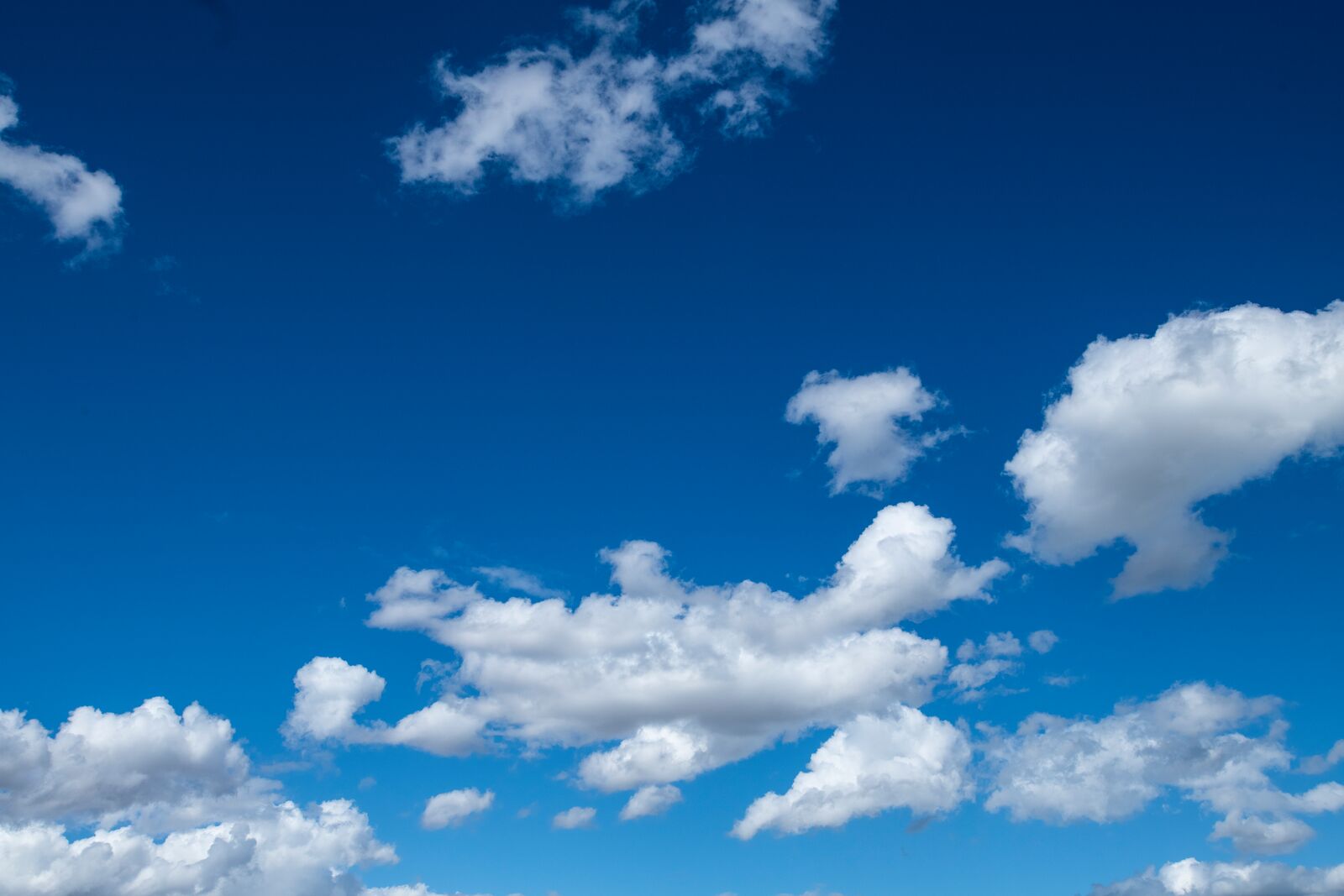WFSDB
Watershed Field Science Data Backhaul
1 December 2021 - 31 October 2025
Lead Scientist: Andrew Wiedlea
Observatory: AMF (ARM Mobile Facility 2)
The Watershed Field Science Data Backhaul Campaign is intended to improve the ability to gather data from sensors deployed near AMF2 by the Watershed Function Science Focus Area (WFSFA) program. This program is not funded by ARM, but collaborates with ARM as part of climate science and prediction for the American Southwest.
This project supports collection and movement of WFSFA data.
Purposes of this effort:
- To improve data backhaul capabilities for WFSFA
- To identify how science use of advanced wireless data backhaul capabilities will impact workflows served by ESnet and other DOE user facilities.
Three main lines of effort.
- Evaluation of non-terrestrial networks for science, and exploring how to improve ESnet and WFSFA field data capabilities using Starlink to support scientific data backhaul.
- Testing scientific use cases for 5G and terrestrial shared-spectrum capabilities like Citizen Band Radio Service (CBRS), directional wifi, LoRa (a sensor radio protocol, short for Long Range), mmWave point-to-point transmission, etc. and implications of these use cases for ESnet’s mission and capabilities.
- Assessing opportunities to use Internet of Things (IoT) technologies to develop new services to support science users. Examples of these services might include CBRS performance prediction and technology consulting, inclusion of wireless capacity in reservation services like OSCARS, or other ways of improving the ability of science teams to use wireless data backhaul when needed.
2021/22 Activities Underway.
- Deploying Starlink at AMF2, other sensor sites to explore what these capabilities offer a representative field-science campaign. As part of this effort, we are developing experiments with SpaceX, supporting shared interests in using Starlink to support backhaul from CBRS to ESnet’s fiber backbone.
- Working out an ESnet peering strategy with Starlink to improve performance for all DOE science users of Starlink.
- Working out specific sensor area connectivity through 4G/5G, wifi, LoRa, etc., as well as exploring use of ETSI/3GPP Mobile Access Edge compute (MEC), use of our OSCARS interface to reserve wireless slices, etc.
- Deploying a distributed CBRS system at LBNL, with a distributed base station supporting the LBL Surface Atmosphere Integrated Field Laboratory (SAIL) and Atmospheric Radiation Measurement (ARM) sites in Colorado; will provide an operationally relevant test case and opportunity to explore optical/wireless interfaces, needs, and technology possibilities.
Watershed Field Science Data Backhaul Campaign
ARM Field Campaign Data Plan
Data Sets Generated
The network infrastructure will provide connectivity for a range of near-surface instruments. We anticipate connecting three local networks with a total of 100 temperature sensor arrays for measuring soil and snow temperature profiles. Each sensor transmits 212 bytes per hour, so the total output of these sensor networks is 2kb/hr. We also anticipate connecting four weather stations with wind, rain, snow thickness, irradiance, CO2 efflux, and soil moisture sensors, generating less than 10kb/hr. We will also connect 10 well sensors, generating another 2kb/hr. Furthermore, two cameras will generate a stream of 100kbps with peaks up to 2mbps.
Points of Contact
Stijn Wielandt
Daniel Feldman
Andrew Wiedlea
Overall Data Size:
Approx 10 Gb/year, given currently employed WFSFA sensors; however, data collection may increase as more sensors are added. Starlink terminal uplink capacity in this location will be approximately 13-20 Mbps.
Operation Period:
February 2022-September 2027
Data Movement and Storage:
WFSFA data is currently stored in an internal project database and made accessible to project team members through the portal: https://wfsfa-data.lbl.gov/watershed/ (collaborators can email wfsfa-data@googlegroups.com for access). The WFSFA data are released publicly through the DOE’s ESS-DIVE data repository (https://data.ess-dive.lbl.gov/portals/east-river-watershed).
This data is shared with ARM colleagues, and this project will not change this data storage/provisioning practice.
Co-Investigators
Daniel Feldman
Timeline
Keep up with the Atmospheric Observer
Updates on ARM news, events, and opportunities delivered to your inbox
ARM User Profile
ARM welcomes users from all institutions and nations. A free ARM user account is needed to access ARM data.


















